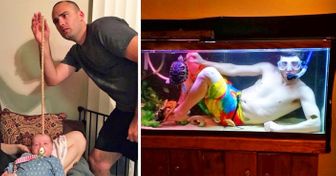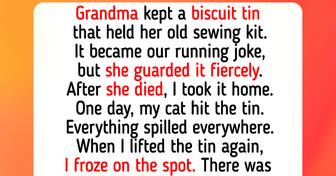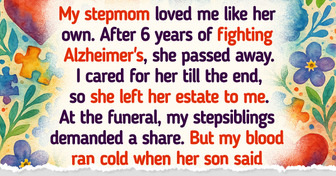10 Times Flight Attendants Proved They're Full of Surprises
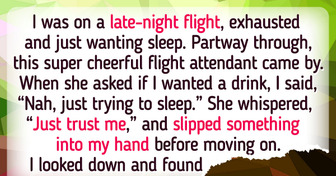
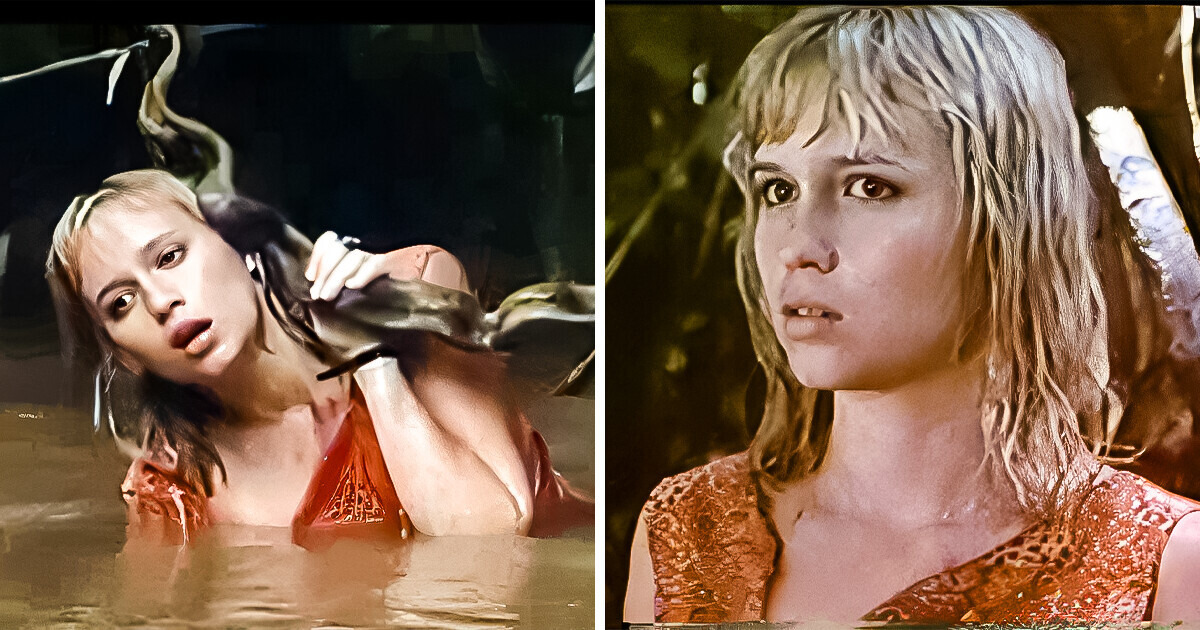
Juliane Koepcke was the only survivor of the LANSA Flight 508 plane crash in the Amazon forest in 1971. At 17 years old, she fell 3,000 meters strapped to her seat and endured 11 days alone in the jungle before finally being rescued.
Juliane Koepcke, born to German parents in 1954, was brought up in the Peruvian jungle, an environment she later had to flee. Her father gained renown as a zoologist, while her mother was a scientist specializing in the study of tropical birds.
Together, they established a biological research station named Panguana, aiming to deeply engage with the diverse ecosystem of the lush rainforest. Growing up on the station, Juliane described herself as a “jungle child,” gaining profound insights into life within the rainforest.
“I learned a lot about life in the rainforest, that it wasn’t too dangerous,” she recounted to the BBC in 2012. “It’s not the green hell that the world always thinks.”
Eventually, the knowledge she got helped her to survive.
The evening before the tragic flight, Juliane and her mother had participated in a high school graduation ceremony in Lima, the capital of Peru. Eager to return home for Christmas, they secured seats on a flight scheduled for December 24th with the troubled airline LANSA.
Shortly after, the aircraft began to tremble, and a powerful bolt of lightning struck the aircraft’s right wing, instantly propelling the plane into a rapid descent towards land.
Abruptly, Juliane realized she was outside the plane. She experienced a freefall, secured to their seat bench, suspended head-over-heels. The only audible sound was the faint whisper of the wind.
Their plane had shattered into fragments roughly two miles above the ground. Upon awakening the following day, Juliane gazed up at the canopy. Her initial thought was: “I’ve survived an airplane crash.”
Juliane assessed her injuries on the jungle floor, feeling woozy and disoriented. She suspected a concussion, a broken collarbone, and cuts on her shoulder and calf.
Later, she couldn’t find her mom and realized she was completely alone.
Her mother, an animal enthusiast, had equipped her daughter with the knowledge to save her. Despite the confusion, Juliane recognized the sounds of frogs and birds around her from Panguana, realizing she was in the same jungle.
She wasn’t far from home, yet one wrong turn could lead her deeper into the vast rainforest, the world’s largest. “There was almost nothing my parents hadn’t taught me about the jungle. I only had to find this knowledge in my concussion-fogged head.”
Finally, she managed to leave her plane seat and move forward, stumbling blindly. She stumbled upon a packet of candies from the plane and followed a river as her parents had taught her.
Trudging through the Amazon during its wet season meant incessant rain, making it impossible to light a fire or find edible fruit due to the dampness.
“Much of what grows in the jungle is poisonous, so I keep my hands off what I don’t recognize,” Juliane wrote.
On the fourth day, Juliane stumbled upon a haunting sight: three passengers, still strapped to their seats, partially buried from the impact.
After days of lonely walks in the jungle, hope emerged when she spotted a small hut with a palm-leaf roof around a bend in the river.
Inside, she discovered a can of petrol. Her shoulder wound, infected with maggots, prompted her to pour petrol over it, recalling her father’s treatment for a family pet.
“The pain was intense as the maggots tried to get further into the wound. I pulled out about 30 maggots and was very proud of myself. I decided to spend the night there,” she said.
The next day, she woke to the sound of men’s voices and hurried out of the hut. Thanks to local Peruvian fishermen, she was finally rescued.
Juliane pursued studies in biology, eventually earning her doctorate. Returning to Panguana, she focused on writing her doctoral dissertation, concentrating on bats. Following her father’s passing in 2000, she assumed the role of director at the research station. She described the station as her “sanctuary,” much like it had been for her parents.
Despite discovering purpose in her life and career, the crash and its aftermath have lingered within her across the passing decades.
“Of course I had nightmares for a long time, for years, and of course the grief about my mother’s death and that of the other people came back again and again,” she said. “The thought — why was I the only survivor? — haunts me. It always will.”
Despite the widespread fear, flying on an airplane is widely considered one of the safest modes of transportation, and there are strong reasons supporting this. Airplane accidents occur remarkably infrequently when compared to other types of transportation mishaps. This high level of safety can be attributed to the extensive array of safety protocols and measures incorporated into the design and operation of airplanes, many of which may go unnoticed by passengers.


